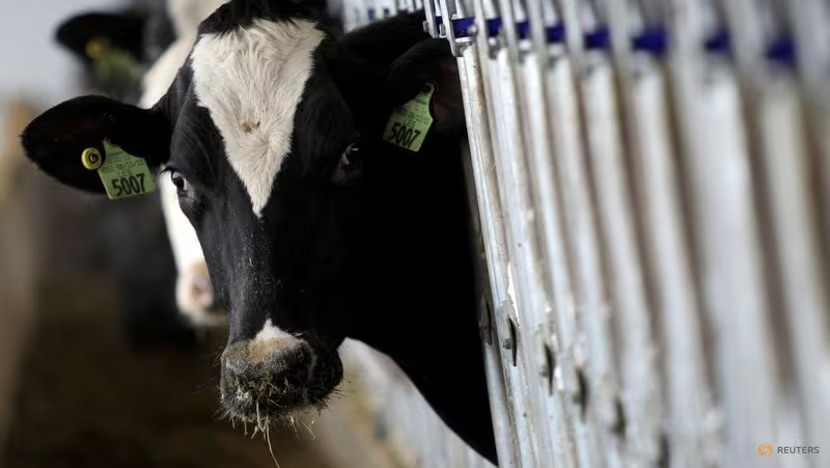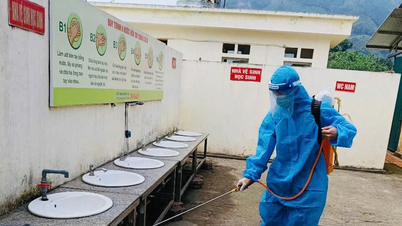Federal officials are seeking to verify the safety of milk and meat after confirming the H5N1 virus in 34 dairy herds in nine states since late March and in one person in Texas.

A dairy cow at a dairy farm in Ashland, Ohio on December 12, 2014. Photo: REUTERS
Both the US Centers for Disease Control and Prevention and the World Health Organization say the overall public health risk is low, but higher for people exposed to infected animals.
Scientists believe the outbreak in cows is more widespread than officially reported based on the detection of the H5N1 virus in about 20 percent of milk samples. However, the U.S. Food and Drug Administration said Friday that preliminary results of PCR testing showed that pasteurization killed the bird flu virus in the milk.
The USDA will analyze retail ground beef samples using PCR testing to determine “whether any virus is present” and conduct two other safety studies, according to a statement. Some dairy cows are processed into ground beef as they age.
The USDA on Monday began requiring lactating dairy cows to test negative for avian influenza before being shipped across state lines as officials seek to contain the virus.
The USDA says that testing is not required for cattle that are transported across state lines directly to slaughterhouses from the farms where they are sold. Those cattle only need to have paperwork showing they have been inspected by a veterinarian.
The USDA says it inspects every animal before slaughter and all cattle carcasses must pass post-mortem inspection before entering the human food supply.
Last week, the USDA said it found avian influenza in lung tissue samples from an asymptomatic dairy cow that was sent for slaughter from an infected herd. The animal did not enter the food supply, the agency said.
In another safety study, the USDA will cook ground beef containing a “viral surrogate” at different temperatures to see how it inactivates the virus. Cooking meat to safe temperatures will kill bacteria and viruses, they said.
To date, no cases of avian influenza have been reported in beef. The human case in the current outbreak was in a Texas farm worker who developed conjunctivitis after handling dairy cows.
Mai Anh (according to CNA, AFP)
Source



![[Photo] Prime Minister Pham Minh Chinh and Prime Minister of the Kingdom of Thailand Paetongtarn Shinawatra attend the Vietnam-Thailand Business Forum 2025](https://vphoto.vietnam.vn/thumb/1200x675/vietnam/resource/IMAGE/2025/5/16/1cdfce54d25c48a68ae6fb9204f2171a)

































![[Photo] President Luong Cuong receives Prime Minister of the Kingdom of Thailand Paetongtarn Shinawatra](https://vphoto.vietnam.vn/thumb/1200x675/vietnam/resource/IMAGE/2025/5/16/52c73b27198a4e12bd6a903d1c218846)



























































Comment (0)